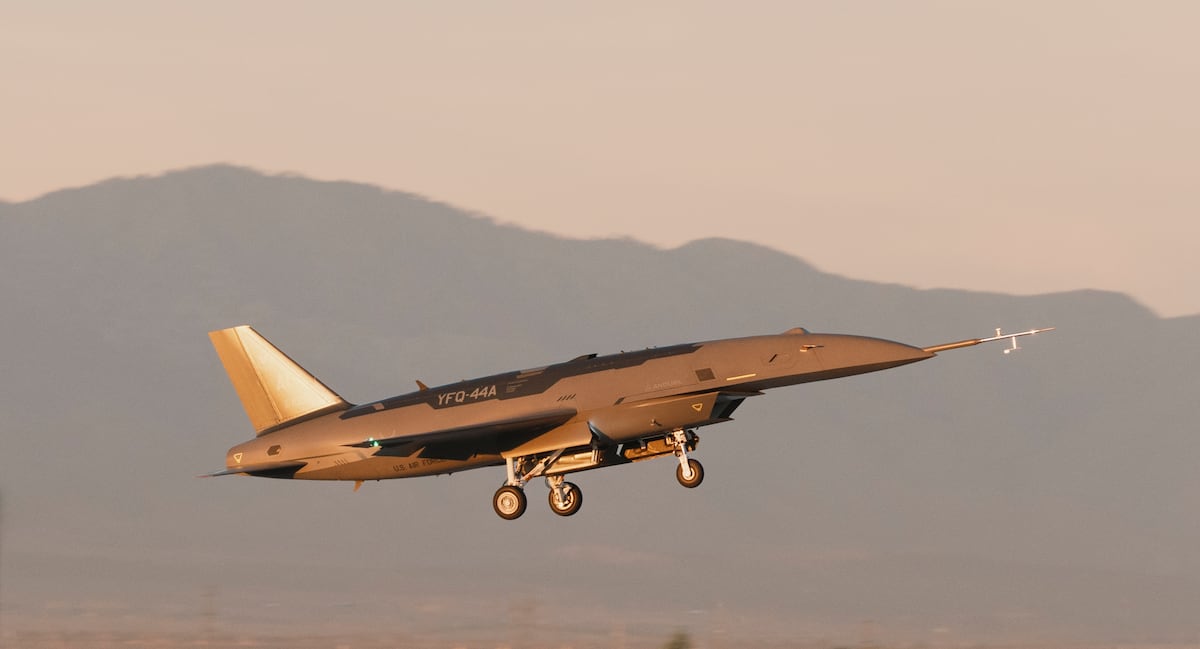Enhancing Dynamic Space Operations: A Strategic Imperative for the Space Force
As the complexity of the space domain escalates, the U.S. Space Force faces an urgent need to expand its operational capabilities beyond solely on-orbit refueling. A forthcoming report by the Mitchell Institute emphasizes that enhancing flexibility and maneuverability across the entire space architecture is critical for cultivating dynamic space operations (DSO).
Rethinking Mobility and Logistics in Space
The report sheds light on vital considerations for U.S. Space Command concerning mobility and logistics within the orbital environment. It proposes that the Space Force explore diverse avenues to enhance operational versatility across its entire spectrum of capabilities, which includes not only space-based assets but also terrestrial operations and launch facilities.
Key points from the report include:
- Dynamic Space Operations (DSO): Space Command leadership has consistently highlighted the necessity of DSO, signifying the ability to navigate and reposition assets in space quickly and over extended durations.
- Funding and Development: Initial research and development initiatives have typically been funneled toward satellite refueling technologies. However, other capabilities could offer similar benefits, as conveyed by Charles Galbreath, the report’s author and a senior resident fellow for space studies at the Mitchell Institute.
Defining DSO: Beyond Tactical Maneuvers
Galbreath articulates that DSO should not merely be viewed as acting without regard or executing sustained maneuvers. Instead, the focus must also encompass versatility, adaptability, and maneuverability within the electromagnetic spectrum—a critical domain where adversary actions must be countered effectively.
Expanding Capability Options
To further strengthen DSO, the Space Force is encouraged to consider the following strategies:
- Integration of Ground Operations and Infrastructure: By developing mobile and adaptable ground sites along with flexible data links, the Space Force can mitigate risks associated with fixed operation stations, which are inherently vulnerable to adversarial actions.
- Investing in Advanced Propulsion Systems: While on-orbit refueling technologies are progressing, the exploration of novel propulsion systems—such as nuclear and plasma engines—requires enhanced research focus. Galbreath notes that current electric propulsion technologies provide high efficiency but may lack the necessary thrust for unforeseen maneuvers, demanding a balanced approach to capabilities.
Leveraging Modular and Reconfigurable Systems
A robust space architecture should emphasize modular designs. Platforms that offer upgradeable subsystems can significantly increase longevity and enable diverse mission profiles. For instance, a modular satellite enabling programmable software could:
- Transition between communication, navigation, and even jamming tasks
- Keep adversaries uncertain regarding its true capabilities
Such versatility is essential for maintaining the strategic upper hand in a competitive environment.
Ground System Modernization
The Space Force’s reliance on a limited number of fixed ground stations presents a critical vulnerability. To enhance resilience, it is vital to prioritize the modernization of ground-based operations. The Rapid Resilient Command and Control (R2C2) program aims to enable satellite operations from virtually anywhere globally, thus complicating adversarial targeting. Features of R2C2 include:
- Phased Array Antennas: Capable of supporting multiple satellites simultaneously, broadening operational flexibility.
- Mobile Operation Centers: Moving beyond static command centers can facilitate rapid responses to emerging threats.
Evolving Data Links for Security
In terms of data communications, employing tactics such as frequency hopping and path-agnostic connectivity will obscure adversaries’ ability to discern the channels used for communication. Additionally, laser crosslink technology, under development for the Proliferated Warfighter Space Architecture, employs optical signals that are less susceptible to interception, marking a significant advance in secure communications.
Future Directions: Launch Operations and Resource Allocation
Enhancing DSO capabilities must also encompass launch dynamics. Diversifying launch locations and becoming more adaptable in launch manifest practices will allow for more responsive payload deployment, catering to urgent tactical requirements.
In summary, the report underscores that achieving effective DSO necessitates strategic investment in capabilities, complemented by the development of supporting operational concepts and architectures. Despite fiscal constraints and competing priorities, there is an imperative for the Space Force to intensify research funding for DSO initiatives.
Galbreath captures this sentiment aptly: the current budget environment poses challenges, yet the pursuit of dynamic operations must remain a priority to prevent adversaries from gaining operational advantages. The Space Force has recognized the “demand signal” for innovative approaches, but realizing these capabilities will depend significantly on resource allocation and congressional support.
The evolving landscape of the space domain demands that the U.S. Space Force not only adapt but lead in redefining what it means to operate dynamically and securely in this critical theater.





